Summer is here, the air is warm, and you may be feeling the heat! Where I live in the central valley of California, the temperature has been tipping the scales at 100 degrees Fahrenheit. Whether or not you’re in extreme weather, it’s the time of year to talk about how to beat the heat and stay cool. In this article, you’ll find some simple yet effective home remedies, and a few things you can do on your homestead to help cool down.
Know When You’re Overheating
To start off, it’s important to simply recognize when your body is overheating. Overheating to the point of heat exhaustion or heat stroke can have early warning symptoms that are overlooked or misunderstood. When you’re first beginning to get hot, your body temperature goes up. You start perspiring, your skin might turn red, and you’ll feel uncomfortable. This stage is fine, and our body is meant to support us in these ways.
However, when you move beyond this stage of overheating, it can become dangerous. Basic symptoms in the “danger overheating zone” would be confusion, feeling hot but no longer sweating, headaches, dizziness, fatigue, weakness, nausea, vomiting, loss of consciousness, and all the way to seizures. Symptoms can escalate and it’s important to know how to prevent them.
Stay Hydrated
Obviously, a big way to help yourself stay cool is to stay hydrated. I don’t feel it’s too big of an assumption to say everyone knows that — but I still want to mention it here. Drinking cool water is always better than drinking hot water on an equally hot day. Carrying an insulated thermos when you’re outside can help keep your water cool.
And have you thought about “eating” water? Not simply drinking it, but eating it? You can help your body stay hydrated simply through eating foods that have high water content. Think watermelons, cucumbers, strawberries, oranges — anything that gushes in your mouth ought to do the trick.
You can also slice cucumbers with a little bit of mint, mix them in a big pitcher of water, add ice, and enjoy a tasty, mild drink that helps keep you cool and provides electrolytes. It’s important to make sure that you’re taking in electrolytes while staying hydrated.
If you simply drink water all day and don’t add anything to your intake that includes salts and minerals, you’ll end up becoming salt deficient (hyponatremia). Salt deficiency can have many similar symptoms to overheating, so please be aware of this as you’re staying hydrated.
It should be noted that you must drink water whether or not you’re thirsty. If you wait to drink water only when you feel thirst, you are already dehydrated. Help yourself stay hydrated by drinking water consistently and frequently throughout the day to stay cool and avoid overheating.
Find Some Shade
Another great tip is to avoid being directly in the sun and stay in the shade. This may look like working in areas on your homestead that are shaded — depending on what time of day it is — and shifting your focus as the shade shifts locations. It can also look like cleaning up around the creek bank so you have a nice place to lay out and enjoy the water. Any sort of water-related activity is helpful: Swimming, paddling, or simply lounging by a creek or river where the air is moving and cool.
Staying shaded can also look like wearing a wide-brimmed hat, sunglasses, and loose, light clothing that help keep the sun off your skin. It might sound counterintuitive to wear clothing that is covering your body when you want to stay cool, but a buffer zone between direct sunlight and your skin can really help keep your skin from overheating or burning. Wearing lighter colored clothing is good because it helps reflect the heat rather than absorb it like darker colors.
Along these same lines is simply avoiding going out and working during the heat of the day. As a Peace Corps Volunteer in Senegal, West Africa, I quickly learned the people of my community had the right idea when it came to hunkering down during the heat of the day. But if you find yourself out and about during the day, it’s a good idea to find an area that’s lush with trees. Not only do they provide you shade and protect you from the sun, they help keep you cool through natural ventilation.
Senegalese people generally go out to tend their gardens and work when it is morning or evening. They don’t go out during the afternoon hours if they can help it. I suggest using these same principles for your homestead. This timing would be called “crepuscular hours of activity” (active during dawn and dusk).
Keep Your “Hot Spots” Cool
Perhaps a lesser-known way of helping yourself cool down is to target common hot spots. A hot spot could be your collar, wrists, head, or feet. By cooling down one of these areas, the rest of your body will actually follow suit and begin to cool down. It’s because these areas have a lot of veins that when cooled down, transfer the cooler blood throughout your body, therefore cooling everything else down, too.
One common method, that a lot of folks do, is pour cool water over their head. Other methods exist such as holding a piece of ice to your wrist, bringing a cold compress with you, soaking your hat in cold water, stepping into a creek, or using a neck bandana. Most of these options are easy to do. Your entire body doesn’t need to be cooled, just a small area.
As for the cooling neck bandana, you can make one at home. If you haven’t heard of these before, they are a tubular piece of cloth that has water absorbing polymer crystals sewn in the middle. You put the cloth in a bowl of water, the crystals absorb the water, and it stays cool for hours, thereby keeping you cool. You can choose all sorts of colors and styles. A sewing machine would be helpful to create them, but simply hand-stitching one together could work as well.
A common brand of crystals would be Watersorb (if you’re interested in trying to create a bandana yourself). Or you can order bandanas online.
Peppermint Is Your Friend
Another home remedy for heat would be to use peppermint. Peppermint contains menthol, which stimulates your nerves and therefore tricks your body into feeling cooler. It’s odd, but even drinking hot peppermint tea can cool you down — although drinking a hot beverage on a hot day does not sound appealing. So brew the tea, then refrigerate, add ice, and enjoy. If you grow peppermint yourself, you have the bonus of fresh peppermint to brew.
Another way you could use peppermint (besides drinking tea) would be to have peppermint oil at hand. You can apply it in small dabs to your wrist, neck, temples, or the bottoms of your feet. Or apply a few drops inside a spray bottle, fill the rest of the bottle with water, and then spritz yourself with it. What I personally like about this option is that it has dual uses: Keeps you cool and makes you smell good.
Those are a few ways to keep yourself cool when it’s hot outside. One last method that wasn’t mentioned leans toward modern technology in the form of portable, battery-operated fans. Whatever you decide, it’s important to protect yourself from extreme heat, and I hope this article helps you get started on ways you can do that at home!


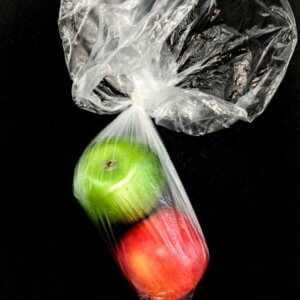







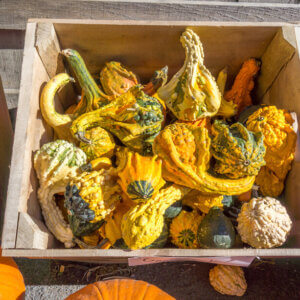

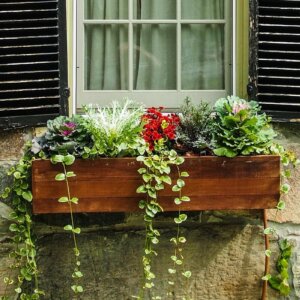




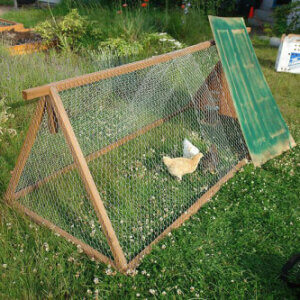
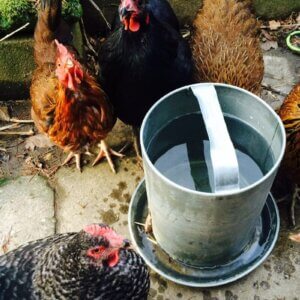
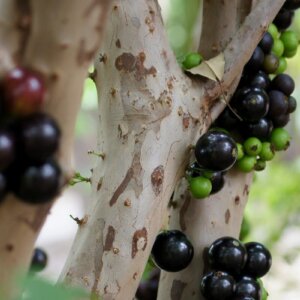



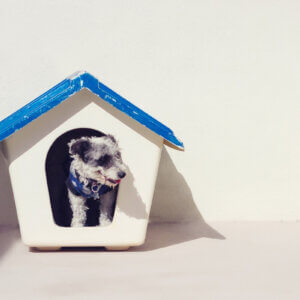

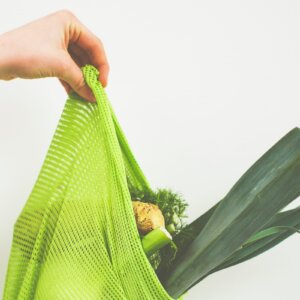
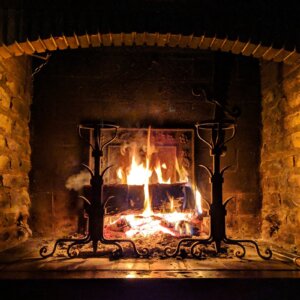


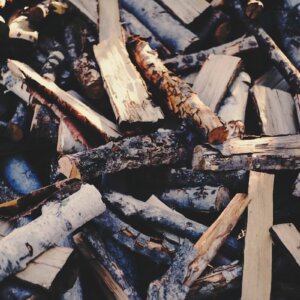
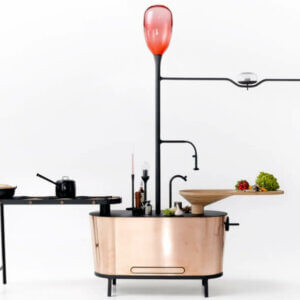
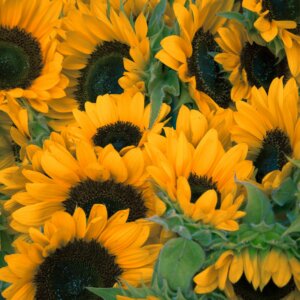


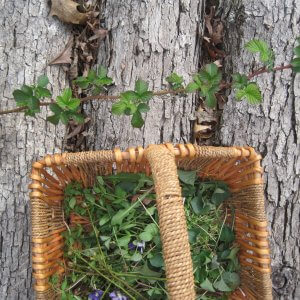




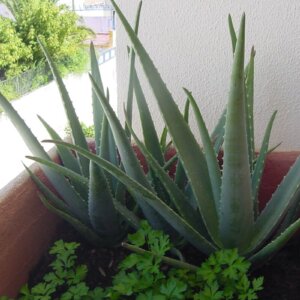


Nice article, loved the pictures!